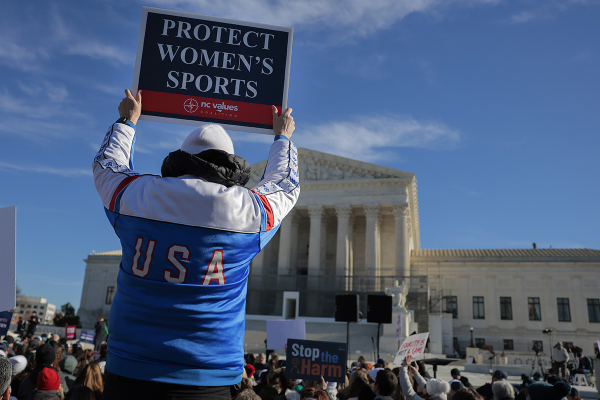Where the Youth Are
On principle we do not let Sightings act as a bulletin board for upcoming events or as an intentional advertiser. We have to wait for something to happen or to have been said before we can sight it. An implicit covenant with subscribers restrains us from jamming their e-mails with anything that is someone else's business, not theirs or ours. I start so apologetically and explanatorily today because a reference to a forthcoming event sneaks in at the end of the column, and there is no point in suppressing knowledge of it. For now, though, to the issue at hand.
War-making takes its toll of young men and women. Agents of conflict, prejudice, intolerant acts, defaming, defacing, and hatred come in all sizes and ages, not least of all among the cohort of collegiates, young singles, and young marrieds. As for the other side: Among agents of peace-making, reconciliation, positive dealings with others, tolerant acts, and the like — where are the young? Look out from the platform, as I sometimes do, or at the back of heads when I am in the audience, and the vision will be of mainly silver-haired women and post-haired men in their sixties and up. They ask, where are the young?
Numbers of excuses are given for the absence of the younger generations in interfaith causes. First, you have to care about faith to "do" interfaith, and many don't care. Second, the framing of issues was done some time ago by people who are now old; that framing doesn't match what the young are thinking. Third, the young are busy shaping careers and making personal life decisions. They do not have the time that retirees or still-employed seniors have. Fourth, they do not pay much attention to world affairs, do not read newspapers, are ignorant of news, and watch reality TV, not realistic TV. Fifth, they are cynical, unready to care about positive actions since, they think, it doesn't pay.
One can provide counter evidence for some of these, but enough of the generalizations hold that serious citizens must care about how to change the situation. Here's where this week's sighting comes in. The Interfaith Youth Core (IFYC) in late April sponsored community actions in thirty sites worldwide, attracting 4,000 leaders, all young but diverse; "Christian, Jewish, Muslim, Hindu, Buddhist, Baha'i, Jain, and Sikh," at least, took part. They were involved across the lines of faiths, cultures, and nations in interfaith conversation and cooperative services of many sorts. This was the third annual National Days of Interfaith Youth Service.
I have come to know a founder, if not the founder, of IFYC — Eboo Patel of Chicago, who, with Patrice Brodeur, corralled a score of writers to treat many aspects of youth service work, and published Building the Interfaith Youth Movement. (See below for more information.) Harvard's Diana Eck, perhaps too hopefully and a bit hyperbolically — but I hope she's right — says this book "is the first fruits of a revolution, the most important and ultimately consequential revolution of our time: the interfaith revolution." She and others describe the Core activities and reflect on them. The IFYC leaders are not wishy-washy "we're all the same despite the names of our faiths" sorts, but help young people draw on the great traditions.
Now for the embarrassment: I noted when well into this research and writing that IFYC has an event in Chicago this coming weekend. See the following References for details.
References:
Interfaith Youth Core's website is: http://www.ifyc.org. Cassie Meyer takes care of "Resources and Communications" at cassie@ifyc.org; or contact Erin Williams at erin@ifyc.org. Eboo Patel can be reached at eboo@ifyc.org. The conference to which I refer is the 4th National Conference on Interfaith Youth Work, May 14-16, at Northwestern University in Evanston, Illinois. For further details, see: http://www.ifyc.org/nciyw.php. The book edited by Eboo Patel and Patrice Brodeur is called Building the Interfaith Youth Movement: Beyond Dialogue to Action (from Rowman & Littlefield: www.rowmanlittlefield.com).
This article was originally published on May 8, 2006.
_________________________________________________
Martin E. Marty's biography, current projects, upcoming events, publications, and contact information can be found at www.illuminos.com. Original Source: Sightings – A biweekly, electronic editorial published by the Marty Center at the University of Chicago Divinity School.





















